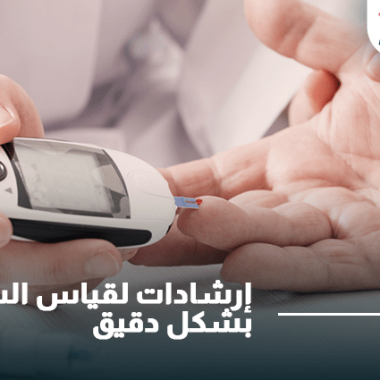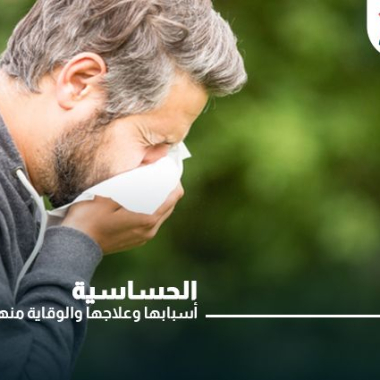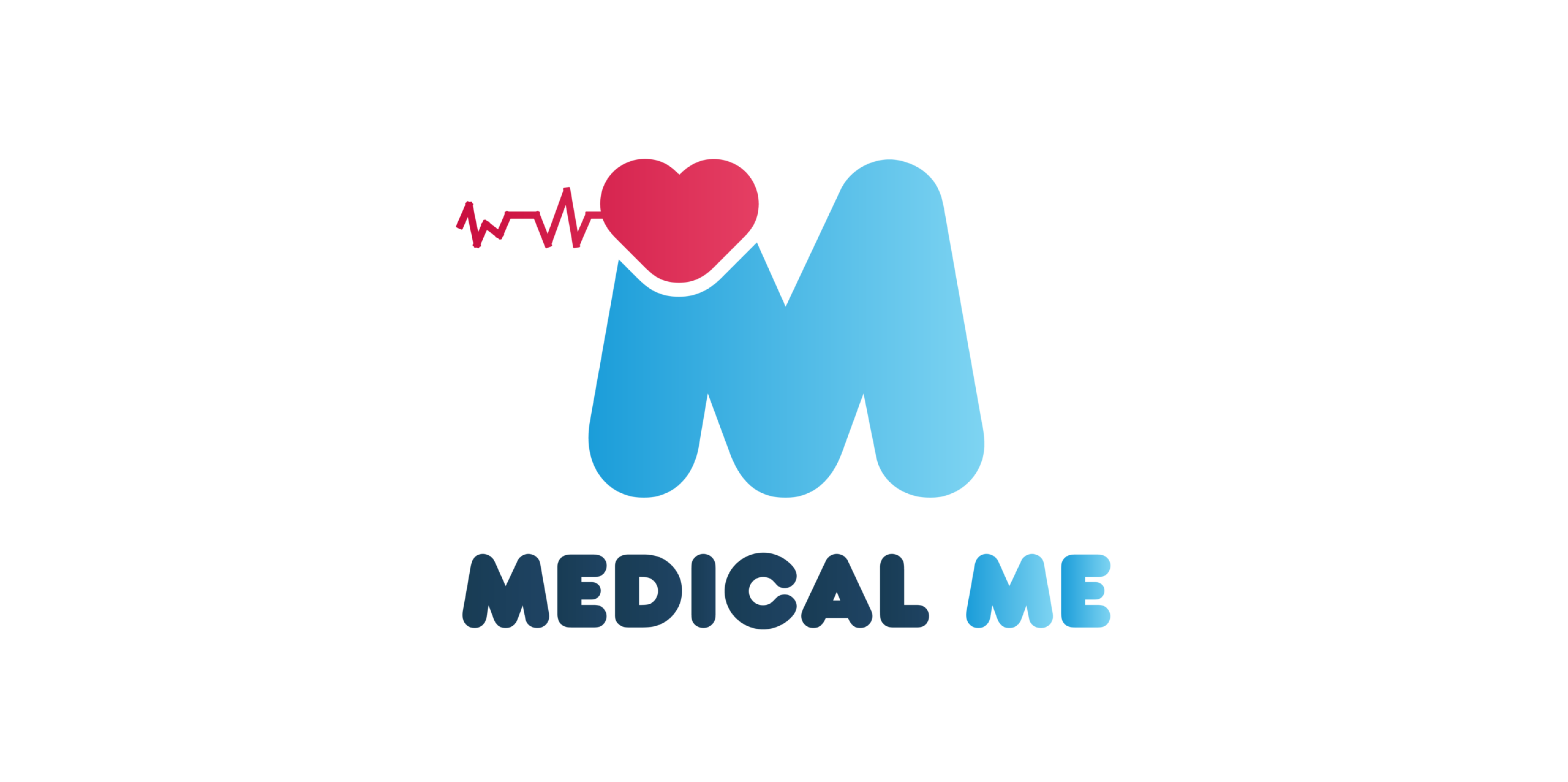ضيق التنفس
إذا شعرت بالخنقة وكأنك متعطشًا للهواء ولا يستطيع النفس الوصول للرئتين مع عدم القدرة على أخذ نفس عميق وضيق في الصدر تدل تلك الأعراض على ضيق التنفس.
ضيق التنفس هو صعوبة دخول كمية مناسبة من الهواء إلى الرئتين مما يسبب الإحساس بالخنقة، بمعنى آخر هو صعوبة إدخال الأكسجين للرئتين أثناء الشهيق أو إخراج ثاني أكسيد الكربون أثناء الزفير.
من الممكن أن يحدث لغير المرضى عند بذل مجهود كبير أو ممارسة الرياضة، وفي درجات الحرارة المرتفعة والأماكن العالية، ولكن إذا تكررت تلك الأعراض بشكل مستمر ينم ذلك عن وجود مشكلة أخرى.
اسباب ضيق التنفس:
تحدث معظم حالات ضيق التنفس في الغالب بسبب مشاكل في القلب والرئتين ومن أسباب ضيق التنفس الأخرى:
اسباب ضيق التنفس بسبب مشاكل الرئتين:
1- الالتهاب الرئوي وأمراض الجهاز التنفسي.
2- الربو.
3- الانسداد الرئوي الذي يحدث نتيجة تجلط الأوعية الدموية في الرئة.
4- الاختناق.
5- كسر في الضلوع.
6- تهتك في الرئة.
اسباب ضيق التنفس بسبب مشاكل القلب:
1- الصدمات القلبية.
2- تراكم السوائل حول القلب.
3- تسارع أو تباطؤ ضربات القلب.
4- قصور القلب.
اسباب ضيق التنفس الأخرى:
1- التوتر والضغط العصبي الشديد.
2- بعض أنواع الحساسية المفرطة.
3- فقدان كميات كبيرة من الدم في وقت واحد بشكل مفاجئ.
4- الحمل.
5- أنيميا نقص كريات الدم الحمراء.
هل يُعد ضيق التنفس عرض من أعراض مرض كورونا COVID-19؟
ضيق التنفس عرض شائع من أعراض فيروس كورونا المستجد مصاحب لبعض الأعراض الشائعة الأخرى مثل: ارتفاع درجة حرارة الجسم والكحة.
يمكن علاج مرض كورونا بالمنزل باستخدام بروتوكول العلاج المنزلي الذي صرحت به وزارة الصحة، ولكن إذا حدث نقص لنسبة الأكسجين في الدم يجب علاجه فورًا عن طريق جلسات التنفس الصناعي في المستشفيات أو باستخدام مولد الأكسجين المنزلي.
ازاي تعرف إذا حصل نقص نسبة الأكسجين في الدم:
باستخدام جهاز قياس نسبة تشبع الدم بالأكسجين Pulse oximeter هو جهاز غير مؤلم يتصل في الغالب بإصبع اليد ويقيس نسبة الأكسجين في الدم، يستخدم هذا الجهاز لقياس قدرة القلب على ضخ الدم المحمل بالأكسجين لجميع أجزاء الجسم، يصدر الجهاز إشعاعات تصدر إشارات للجهاز إذا كان الدم محمل بالأكسجين أم لا ثم تظهر النتائج على شاشة الجهاز في فترة قليلة.
أعراض نقص نسبة الأكسجين في الدم:
- تلون الجلد والشفاه باللون الأزرق.
- تشوش القدرة على التفكير مع ارتفاع ضغط الدم في الحالات المتوسطة الشدة.
- أما حالات نقص التأكسج الشديدة يحدث انخفاض في نظم القلب وضغط الدم وضربات القلب وقد يصل الأمر إلى غيبوبة.
علاج نقص نسبة الأكسجين في الدم:
باستخدام أجهزة التنفس الصناعي ومولدات الأكسجين، وفي حالة نقص التأكسد البسيط أو المزمن الذي يحدث بشكل مستمر للمرضى يمكن الحصول على مولد أكسجين منزلي وتوفير وقت ومجهود الذهاب للمستشفيات لتلقي جلسات التنفس الصناعي.
أما في حالة مرض كورونا المستجد يمكن علاجه بالمنزل باستخدام بروتوكول العلاج المنزلي مع مولد الأكسجين Oxygen Generator.
وفي بعض الحالات نجد أن المصابين بمرض كورونا يحدث لهم ضيق تنفس، وصرح بعض الأطباء أن أفضل وسيلة لعلاجه هي أجهزة استنشاق البخار نيبولايزر Nebulizer التي تعمل على توسيع الشعب الهوائية في أسرع وقت.
9 طرق لعلاج ضيق التنفس طبيعياً في المنزل:
1- الجلوس ودفع الجسم للأمام:
اجلس على مقعد مستوي وادفع صدرك للأمام واسند الكوعين على الركبتين ويداك لأعلى على ذقنك، لا تنس أن تجعل عضلات الرقبة والكتفين في وضع مريح.
2- الجلوس ودفع الجسم للأمام على طاولة:
اجلس على مقعد أمام طاولة واسند رأسك وذراعيك مفرودين على وسادة موضوعة على تلك الطاولة.
3- التنفس من الفم مع ضم الشفايف:
طريقة بسيطة ويمكنك عملها في أي وقت تشعر فيه بضيق النفس مثل: صعود أو نزول الدرج وممارسة الرياضة؛ وذلك لأنها تساعد على إبطاء وتيرة تنفسك بسرعة، مما يجعل كل نفس أعمق وأكثر فعالية وكذلك فهي تساعد أيضًا على التخلص من الهواء المحبوس في الرئة.
خطوات بسيطة تساعدك على التنفس من الفم بشكل صحيح:
- إرخاء عضلات الجسم والرقبة والأكتاف والجلوس في وضع مريح.
- خذ نفس من الأنف مع كتم النفس لمدة ثانيتين.
- أخرج النفس من الفم مع ضمه للأمام.
4- الوقوف بشكل مستقيم مع الاستناد على حائط:
الاستناد على الحائط مع وضع يديك على الفخذين مع استرخاء كتفيك، انحنِ قليلاًً إلى الأمام ودلِ ذراعيك أمامك.
5- النوم في وضع مريح:
يوجد وضعان للنوم يساعداك على استرخاء الجسم والممرات الهوائية:
- النوم على أحد الجانبين مع وضع وسادة بين القدمين وأخرى أسفل الرأس.
- النوم على الظهر مع رفع الرأس قليلًا ووضع وسادة تحت الركبتين.
6- التنفس من الحجاب الحاجز:
- الجلوس في وضعية مريحة مع ملامسة القدمين للأرض.
- ضع أحد اليدين على البطن واليد الأخرى على الصدر.
- خذ نفس عميق ببطء من الأنف لتشعر بحركة بطنك أسفل يدك.
- إكتم نفسك لمدة أربع ثواني، ثم أخرجه من الفم ببطء.
- كرر تلك العملية عدة مرات تساعدك على الاسترخاء والهدوء في حالة التوتر والضغط العصبي الشديد.
7- استخدام مروحة:
أشارت بعض الدراسات أن جلوس شخص يعاني من ضيق تنفس أمام مروحة أو التهوية له يدويًا تساعد على تحسن النفس.
8- تناول القهوة:
أشارت دراسة أخرى أن تناول القهوة يساعد على إرخاء العضلات ويساعد مرضى الربو على تحسن عملية التنفس لمدة أربع ساعات.
9- استخدام أجهزة استنشاق البخار ومولدات الأكسجين المنزلية:
تتوفر الآن أجهزة استنشاق البخار المنزلية بأسعار في المتناول وتكلفة قليلة مناسبة لأصحاب الأمراض جهاز التنفسي المزمنة مثل: الربو وتساعدهم على التنفس بشكل جيد.
تتميز أجهزة استنشاق البخار نيبولايز أنها تساعد على وصول المادة الدوائية بشكل سريع للرئتين إذ يصل الرذاذ المحمل بالمادة الدوائية إلى الرئتين مباشرة فتظهر نتيجة الجلسة على الفور.
يصف الطبيب بعض الأدوية المناسبة لكل حالة وتوضع في الجهاز بنسب محددة مع تشغيل الجهاز بسهولة بالضغط على زر التشغيل.
يوضع الماسك على فم المريض وتستغرق الجلسة حوالي ربع ساعة فقط لتظهر نتيجة الجلسة؛ وذلك لأن البخار يساعد على توسيع الشعب الهوائية على الفور لحالات ضيق التنفس.
مميزات أجهزة استنشاق البخار نيبولايزر:
1- سعر مناسب وفي المتناول.
2- مدة الجلسة حوالي 15 دقيقة ويمكن تكرارها على مدار اليوم.
3- يمكنك عمل الجلسة في أي وقت تشعر بضيق التنفس دون الحاجة للنزول إلى المستشفى لتلقي جلسات التنفس الصناعي.
4- توفير للوقت والمجهود والمال.
5- تساعد على توسيع الشعب الهوائية بشكل سريع.
6- تأثير الدواء أسرع بكثير من تناول الأدوية بالطرق الأخرى؛ لأنه يعمل على توصيل المادة الدوائية مباشرة للرئتين فتظهر النتيجة في 5 دقائق فقط.
بعد أن تعرفنا على أسباب وطرق علاج ضيق التنفس طبيعيًا في المنزل لا تتردد في اقتناء جهاز استنشاق بخار إذا كنت تعاني أنت أو أي شخص يهمك أمره من أي مرض يسبب ضيق التنفس بشكل مستمر، وهو ضروري أيضًا لحالات الالتهاب الرئوي خاصة عند الأطفال والرضع ويستخدم لعلاج مرض كورونا.
كما يساعد مولد الأكسجين على رفع نسبة الأكسجين في الدم في حالة الأمراض التي تسبب نقص التأكسج في الجسم.
Sources:






























